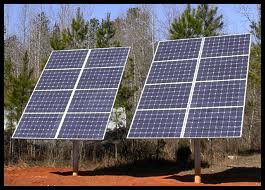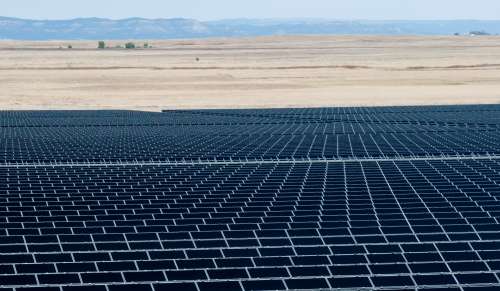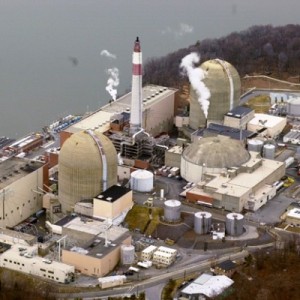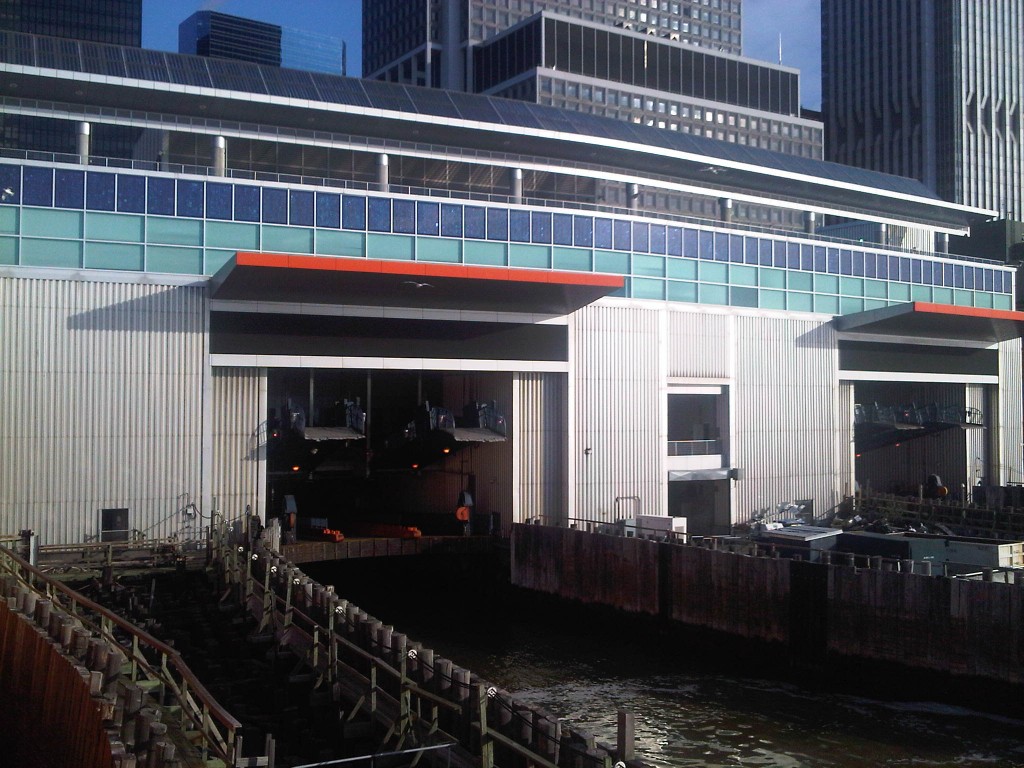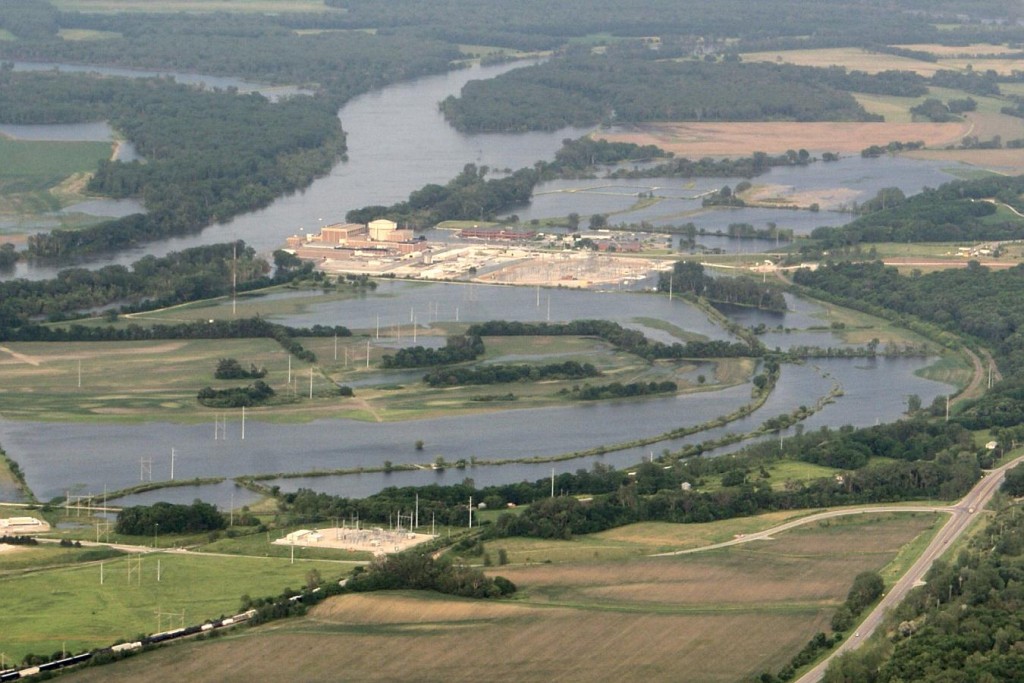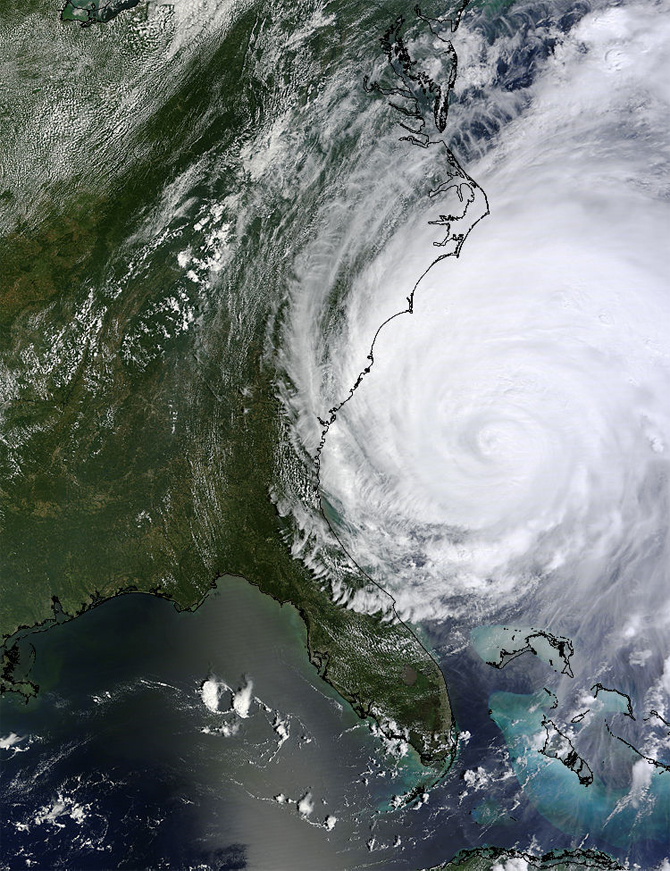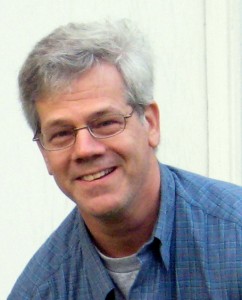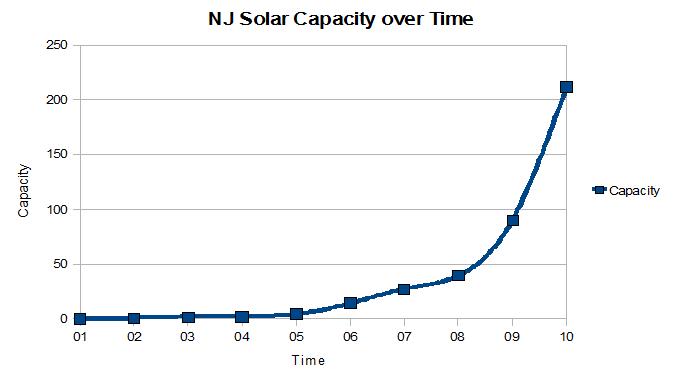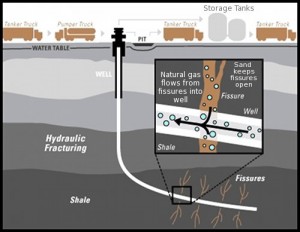In “The World Will Not End & Other Predictions for 2012, here, I wrote:
- “Apple and IBM will continue to thrive. Microsoft will grow, slightly. Dell and HP will thrash. A share of Apple, which sold for $11 in December, 2001, and $380 in Dec. 2011, will sell for $480 in Dec. 2012.” (Mostly Correct, except Apple did better than I expected.)
- “The Price of oil will be at $150 to $170 per barrel in Dec., 2012. The price of gasoline will hit $6.00 per gallon in NYC and California.” (Wrong)
- There will be another two or three tragic accidents in China. 20,000 people will die. (The number of accidents was underestimate. Their magnitude was overestimated – however … )
- There will be a disaster at a nuclear power plant in India, Pakistan, Russia, China, or North Korea. (Wrong)
- Wal-Mart will stop growing. Credit Unions, insurance co-ops and Food co-ops, however, will grow 10% to 25%. (Wrong on WalMart, right on Credit Unions, altho the numbers were off.)
- The amount of wind and solar energy deployed in the United States will continue to dramatically increase. (Right. Very Right!)
- The government of Bashar Al Assad will fall. (Wrong – but there’s still time.)
- Foreclosures will continue in the United States. (sadly, true, but not as bad as it could have been – thanks to Obama)
- Arizona Sheriff Joe Arpaio will resign. Calls for Clarence Thomas to recuse himself from matters involving his wife’s clients will become louder, but Justice Thomas will ignore them. A prominent politician who says “Marriage is between a man and a woman,” or her husband, will be “outed” as gay. President Obama will be re-elected.” (Right on Obama and the American voter. Wrong on Arpaio)
- The authors of Vapor Trails will not win a Nobel Prize for literature. They will not win a “MacArthur Genius Award.” Nor will I despite my work on this blog or “Sunbathing in Siberia” and the XBColdFingers project. (Right, tho I would have like to have been wrong on this one.)
Here are the details. Continue reading

